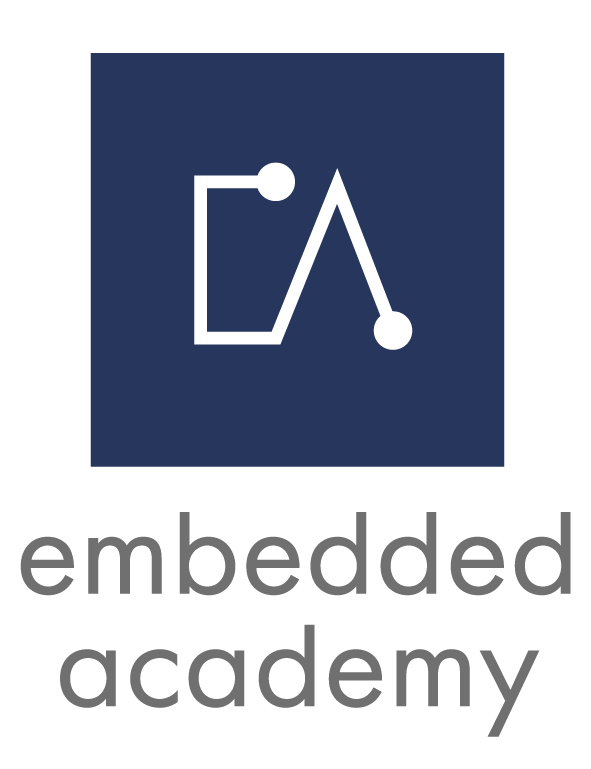E-Learning Course Electrical Machines
Content
E-Learning Basics of Electrical Machines (35 min)
- Subcomponents of an Electrical Machine
- Rotating Field Machines
- Concentrated vs Distributed Windings
- Different Rotor Types
- Reluctance Machines
- General Development Targets
- Requirements Management
E-Learning Overview Permanent Magnet Synchronous Machines (20 min)
- Permanent Magnet Synchronous Machine
- E-Machine Simulation Procedure
- Torque Characteristics
- Single Losses
E-Learning Overview Synchronous Machines (15 min)
- Synchronous Machine
- Torque Characteristics
- Single Losses
E-Learning Overview Induction Machines (20 min)
- Induction Machine
- Torque Characteristics
- Single Losses
- Comparison IM Types
E-Learning OverviewDC & Brushless DC Machines (15 min)
- DC & Brushless DC Machine
- Connection Variants
- DC Machine with PM Excitation
- Brushless DC Machine
Target
The target of this course is to introduce the learner to electrical machines and provide information about important machine types.
This course is perfect for everyone who is new to the topic of electrical machines or who needs information about a specific machines type. In particular, this can be relevant for engineers and programmers.
Trailer
Insights
Course Content
What Are Electrical Machines?
In general, the term “electrical machine” refers to machines that use electromagnetic forces. These can be, for example, electric motors, electric generators and transformers. Their main principle is that they convert electromechanical energy: The electric motor converts electrical energy into mechanical energy, while an electric generator converts mechanical energy into electrical energy.
When we talk about “electrical machines”, we can refer to different types of electrical machines; for example, there are DC machines, synchronous machines and induction machines (also called “asynchronous machines”).
Why Are Electrical Machines Needed?
While electrical machines are often associated primarily with (electric) cars, electrical machines have been used in various fields for many years. Their applications in industry range from household appliances to power plants. In the industrial sector, electric machines are used in fans, conveyor belts, pumps, elevators or robot arms. In recent years, you’ve heard about them especially in connection with e-mobility.
Also note that every energy conversion involves a loss of energy in the form of heat. One advantage of electric machines is that their losses are comparatively small, so they achieve high efficiency. Large electrical machines can achieve efficiencies of up to 99 %.
How Are Electrical Machines Related to Embedded Systems?
High computing power is required for the modern control algorithms of electric drive systems. The interface between the power electronics and these control methods is given by computational platforms, typically microcontrollers.
Moreover, for an optimized operation of electrical machines, today’s electric machine systems are complemented with electronic control. This electronic control is usually implemented in an embedded system.
What Can You Learn About Electrical Machines in the Embedded Academy E-Learning?
The first e-learning of this series gives an introduction into the basics of electrical machines where some general information is presented. Afterwards, four e-learnings offer an overview on different machine types: Permanent Magnet Synchronous Machine (PSM), Synchronous Machine (SM), Induction Machine (IM) and DC & Brushless DC Machines.
Note that there is also an e-learning course on the control of electrical machines which can be found here.
